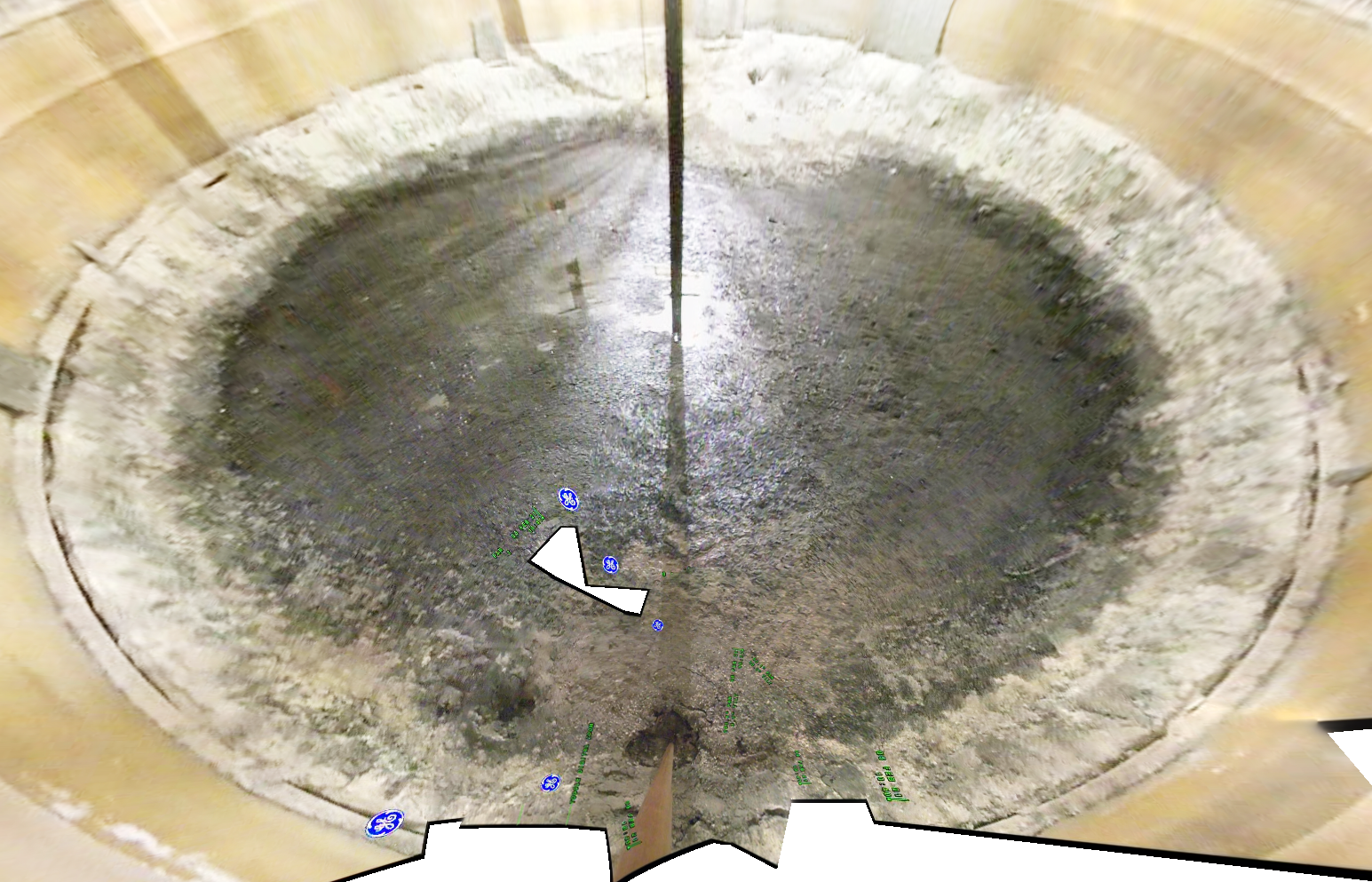The Washington State Department of Ecology and the U.S. Department of Energy have agreed on a plan for how to respond to two underground tanks that are leaking radioactive waste as well as any future tank leaks at the Hanford Site.
Energy announced in April 2021, following a year-long leak assessment, that Tank B-109 is leaking waste into the surrounding soil. Tank T-111 was discovered to be leaking in 2013.
To address these environmental concerns, Ecology and Energy worked collaboratively and developed a legally binding Agreed Order.
“It’s been a priority for the state of Washington to address leaking tanks in way that protects nearby communities and the Columbia River,” said Ecology Director Laura Watson. “We know that ongoing vigilance and commitment will be needed to fully address these risks, but I appreciate the work put in by both teams to agree on a plan that prioritizes safety and environmental protection.”
“I appreciate the effective collaboration with the Ecology team in reaching an agreement that supports our continued focus on safe, efficient, and effective stewardship, treatment, and disposition of tank waste,” said Brian Vance, manager of the U.S. Department of Energy’s Office of River Protection and Richland Operations Office.
Under the agreed order, Energy will:
- Cover the T and B tank farms with surface barriers to prevent rain or snowmelt from seeping into the tanks, and to slow the migration of leaked waste toward the groundwater.
- Develop a response plan for future leaks from single-shell tanks.
- Evaluate the viability of installing a ventilation system to evaporate liquid waste in Tank B-109.
- Evaluate conditions in and around tanks B-109 and T-111 to determine if additional work is needed to prevent liquids from getting in.
- Explore ways to accelerate the schedule to retrieve waste from tanks T-111 and B-109.
As Ecology and Energy implement the new agreement, opportunities for public input during the permitting process include the following:
- The Single-Shell Tank System Leak Response Plan
- The leak response actions selected for implementation
- The Intrusion Response Work Plan for tanks T-111 and B-109 if deemed necessary
- The design of the interim surface barriers for T-Farm and B-Farm
The full Agreed Order and more information can be read on Ecology's Nuclear Waste Program website or Energy's Hanford website.
Background
From World War II through the Cold War, the Hanford Site produced more than 70 tons of plutonium. When plutonium production ceased in 1989, the site’s mission shifted to cleaning up the chemical and radioactive waste left behind.
Energy is the federal agency responsible for Hanford and its cleanup. Ecology and the U.S. Environmental Protection Agency are the regulators overseeing Energy’s cleanup under the Tri-Party Agreement, a judicial Consent Decree, and various permits.
Tank B-109 holds about 123,000 gallons of waste; it’s mostly saltcake and sludge, with about 13,000 gallons of residual liquid. T-111 holds an estimated 397,000 gallons of waste; about 37,000 gallons is liquid waste within sludge.
Energy estimates Tank B-109 is leaking about 560 gallons of waste per year, and Tank T-111 is leaking about 300 gallons per year, and it could take 25 or more years for waste from Tank B-109 to reach groundwater, and 70 or more years for Tank T-111 waste.




